Untapped U.S. Landfill Gas Resources are an Opportunity for Green Investment
Current Market Overview
By August 2025, the U.S. had 589 landfill gas facilities. This is a 18.5% jump from the start of 2020. This growth is one of the biggest in renewable energy in years.
Between January 2020 and July 2025, 92 new LFG facilities started up. This added 148 billion cubic feet of biogas capture capacity. Now, the U.S. can capture 521 Bcf of biogas.
This growth is thanks to better economics, technology, and policies. These changes help capture methane, a potent greenhouse gas.
The RNG Revolution: A Strategic Shift
The US landfill gas sector has made a big shift. Now, it focuses on making renewable natural gas (RNG) instead of electricity. This change is due to market needs and better technology.
Out of 92 new American LFG facilities, 77 (84%) now make RNG. This has made landfill RNG 40% of U.S. RNG output today.
Landfills now produce 540.5 million MMBtu of RNG yearly. This clean energy can power 1.4 million homes. It's a big step towards cleaner energy and more money for landfills.
Dual-Track Energy Production
Even with the RNG trend, the sector is diverse. About 60% of LFG biogas systems make electricity or heat.
The electricity generation is huge. If all 312.5 Bcf of biogas for power were used well, it could power 2 million homes. This shows a lot of untapped energy in the existing systems.
Unprecedented Growth and Investment
2023 to 2024 was a big time for landfill gas. The sector saw huge growth in biogas capture and investment. Over a billion dollars was invested each year, showing strong confidence in the sector.
In 2023, capacity grew more than in the four years before. 2024 saw the biggest annual increase ever. This shows the sector has grown from a small environmental effort to a big renewable energy business.
Geographic Distribution and State Leadership
Landfill gas resources are spread out, but Pennsylvania leads with 56.6 Bcf per year. It has three of the biggest LFG facilities, thanks to waste and good policies.
After Pennsylvania, Texas, California, and Michigan lead with capacities over 40 Bcf per year. Together, they make up a big part of landfill gas production.
Investment Landscape by State
California tops in investment with $1.4 billion, just ahead of Pennsylvania. It has the most LFG facilities (55) because of its big population and green policies. Texas also has over $1 billion invested, joining the trillion-dollar club.
Recent Development Activity
Illinois is leading the way with eight new LFG facilities starting up from 2023 to 2025. This makes Illinois a key player in growth, followed by Virginia, Pennsylvania, Texas, and Indiana. Each state is making a big impact in the sector's growth.
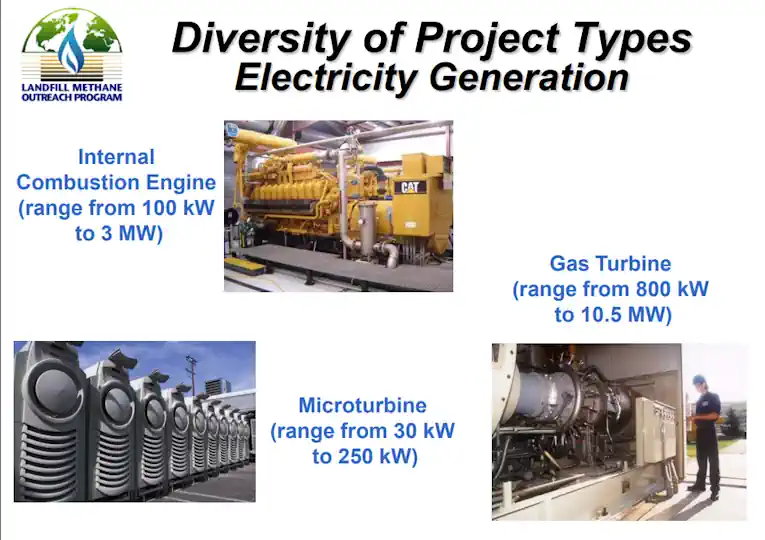
Environmental and Economic Impact
The landfill gas sector does more than just produce energy. It captures methane, a gas 25 times more potent than carbon dioxide. This action greatly helps the environment, similar to taking millions of cars off the road each year.
The sector also boosts local economies by creating jobs and bringing in tax revenue. The move to RNG production has made projects more profitable. Renewable natural gas sells for more than regular electricity.
Future Outlook and Opportunities
The landfill gas sector is set for more growth in the next decade. Companies are focusing on being carbon neutral, and there's a growing need for renewable fuels. The market looks strong.
New tech in gas collection and upgrading is making projects more cost-effective. Even smaller landfills are now seen as good investments. This is because costs are going down and efficiency is up.
There are also policies supporting the sector, like renewable fuel standards and carbon pricing. These help make investing in domestic renewable energy more appealing.
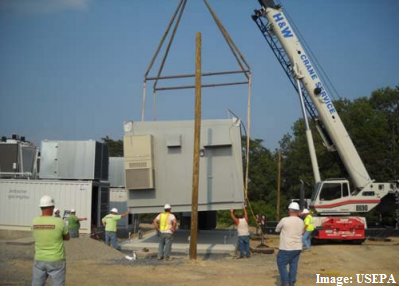
Conclusion
The U.S. landfill gas sector has grown from just meeting environmental rules to a major player in renewable energy. With 589 facilities running and more investment coming, it's a big success in clean energy.
As the industry focuses more on RNG production, landfill gas facilities will play a bigger role in the U.S.'s energy future. The mix of proven tech, good economics, and environmental benefits makes this sector a key part of the nation's renewable energy plans for the future.
To see the EPA's Landfill Gas U.S. Environmental Protection Agency Landfill Methane Outreach Program (LMOP) pdf click here.
[Published November 2012. Updated and rewritten August 2025.]
Trace Gases in Landfill Gas from a Typical United Kingdom Municipal Solid Waste Landfill
Trace gases in UK landfill gas include a mix of VOCs, hydrogen sulfide, nitrogen, and others. These gases arise from the breakdown of organic waste and microbial actions. Over 500 trace components have been identified, including hydrogen sulfide, vinyl chloride, carbon disulfide, and BTEX compounds…
Is Your Landfill Site Ready? Assessing When to Install Gas Flares & Landfill EfW Systems
The urgency for compliance with the COP29 methane pledge means waste managers must act immediately. Gas flares are mandatory for low volumes, while EfW systems transform hazards into valuable energy. Install EfW when LFG is significant and steady to secure compliance and profits ahead of deadlines…
Biogas Compression Equipment Safety: Your Essential Checklist
Maintaining biogas compression equipment is crucial for preventing explosions and toxic gas exposure. Key safety measures include using explosion-proof components, routine inspections, and personal protective equipment. Proper practices ensure operational safety and facility integrity, safeguarding personnel and assets from potential hazards. Explore the essential safety checklist to stay protected…
Best Practices in Odour Control Using Landfill Gas Extraction Systems
Landfill gas extraction systems effectively control odour by capturing and treating gases from decomposing waste. Proper system design, strategic well placement, and regular maintenance are crucial for minimizing fugitive emissions and odour complaints, with reductions of up to 85% achievable when these best practices are followed…

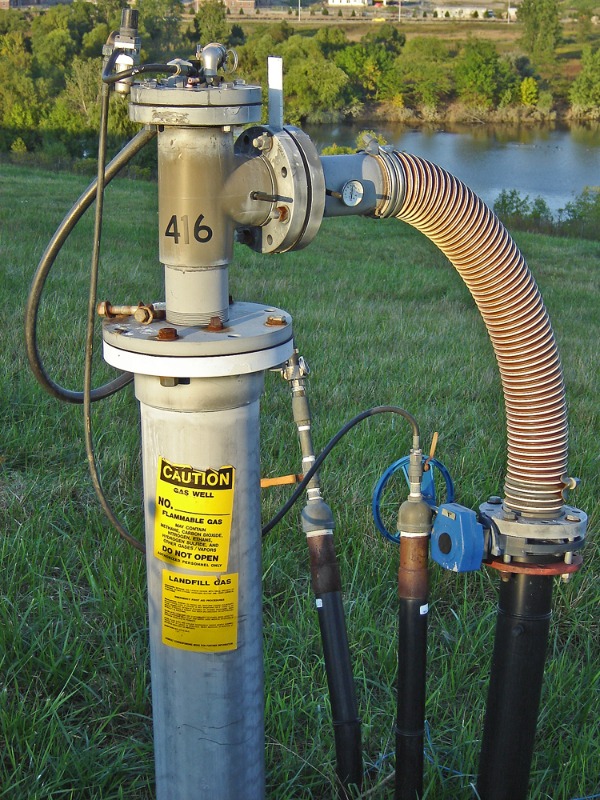


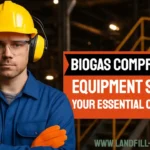

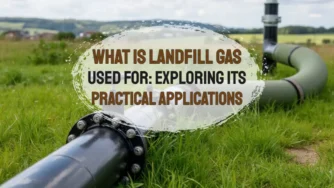
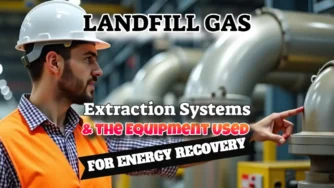

Aw, this was an exceptionally beneficial post. Making the effort and I mean real effort to produce an excellent article … however what can I state … I was a blogger but put things off a lot and never ever really got anything done.